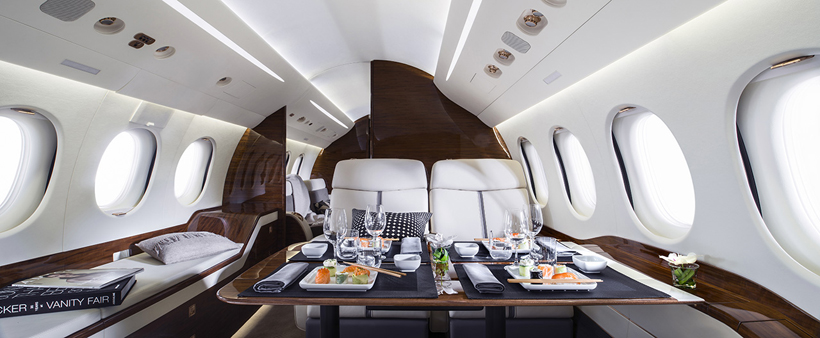- there are fewer passengers on private or airliners because of the fear of flying
- fear of flying is understandable, but should be mitigated by statistics on aircraft accidents
- the facts show that planes are much safer than cars
- the danger of death is tens of times higher for every kilometer traveled by car
Even if it is difficult to quantify how much rental of private jets and scheduled flights suffer a decrease in users because of the fear of flying, it is sure that the decrease in passengers is far from being negligible.
The reasons for the fear of flying on private jets or airliners
Feet on the ground against suspension in the air
Surely the root of the fear of flying, the most important factor, is probably the fear of falling to the ground. An engine failure, severe weather, lightning, a pilot error can cause a plane to crash on the ground, while the same accidents have few consequences in the car, except for serious driving errors. We shouldn’t forget that the vast majority of car accidents take place because of crashes between vehicles. What is more, a slight deviation from the trajectory can prove fatal in the car, while for an airplane, even a turn, does not present any particular danger. The probability of collisions with another plane or flying object is very small in airplanes.
The exaggerated fear of a terrorist attack
Even in countries where terrorism has never caused victims, such as Italy, especially after September 11, 2001, all opinion polls place the fear of a terrorist attack at the top of the concerns of citizens, a fortiori when it comes to taking an airliner. In this regard, a private jet is much more reassuring, the risk of a terrorist attack being insignificant.
The negative influence of the media
While every day, in a country like France, more than 12 people die in car accidents, or almost a hundred in the United States, the media hardly mention it. When there is a plane crash, even in a very remote and developing country, like that of the Ethiopian Boeing 737 Max in 2019, the media around the world make it their main information. This grossly exaggerates the public perception of the dangerousness of airplanes. The same is true when a private jet is involved in an accident, even without consequences for the passengers when they are celebrities. How many times have we had headlines like “This or that singer scared when his private jet had problems, often slight, landing”.
Takeoffs and landings
These two phases of flight have many grounds for fear. Indeed, most aircraft accidents occur during landing and take-off. On take off, the acceleration is quite impressive, and the roar of the engines can only increase the nervousness. Reduced visibility due to weather conditions, or worse yet, snow and ice arouse fears even among frequent fliers. On landing, in addition to meteorological problems, pilot errors are much more common than in flight, and it is natural to fear that the plane will crash on the ground, especially in windy conditions. Nothing like it has to be endured on a road trip.
Claustrophobia
Even if one is not claustrophobic, being enclosed in a metal tube with narrow, closed windows and doors, with no way out, causes many chills even in people who are normally quite courageous.
Fear of engine failure
The difficult-to-understand operation of jet engines, the fear that they could suck up birds, or too much hail or snow, the simple fact that a plane falls to the ground in the event of its engines failing, justify many fears.
Statistically, mechanical breakdowns of jet engines and Turboprops are hundreds of times less frequent than those of car engines, especially in relation to the kilometers traveled. One need only think of the facts that an average jet engine lasts more than seven years of 24/7 interrupted flight, normally spread out over thirty years. Moreover, there have been several cases of the jets which have managed to land without injuring any passenger even when all engines failed in flight. If the engines failed, a jet would lose one meter of altitude for every 10 meters glided in length, allowing it to reach any airport within 100 km of distance. A twin-engine jet, private or airliner, can fly without major problem in the event of failure of only one of its engines.
Accident statistics show that planes are almost 100 times safer than cars
In 2019, there were 283 fatalities across the planet due to plane crashes (source). Even if this only concerns airliners, and not private jets for which we do not have statistics, we can estimate the fatalities associated with private jet accidents at a few dozen at most. In France alone, in 2019, more than 4,000 people lost their lives as a result of car accidents. There were more than 30,000 in the United States, against no fatalities related to plane crashes. Of course, we use the car a lot more than the airplane, but with the latter we cover a lot more kilometers per trip. In the absence of official statistics, even if it is estimated that each inhabitant of the planet travels on average five times more kilometers by car than by plane, the latter causes dozens of times fewer accidents per kilometer / passenger.


